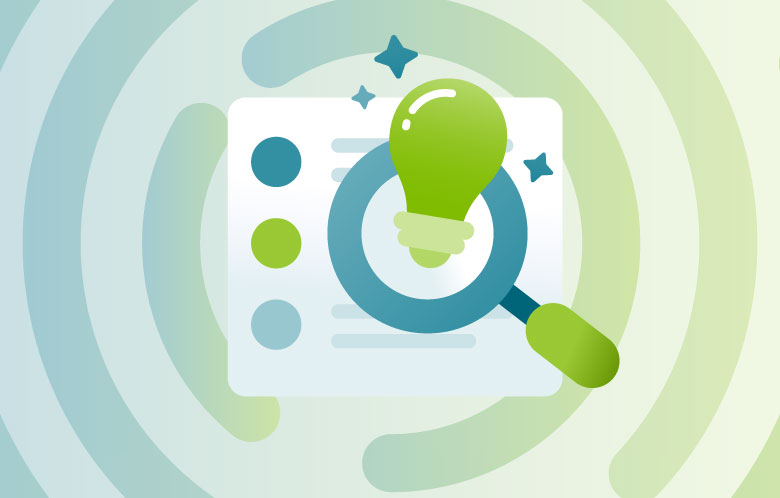One of the key themes when discussing artificial intelligence is the need to assess the efficacy, ethics, appropriate use, and overall trustworthiness of AI in the research space. Determining the trustworthiness of information and teaching those skills to researchers is something that librarians have been doing for decades. While information literacy and AI literacy are distinct, they share many principles and techniques. Numerous library libguides compare the ACRL Information Literacy Framework to common AI literacy techniques. We won't go into those comparisons here, but we will explore key techniques for teaching AI literacy, the aspects to cover and a few tips and tricks along the way.
The aspects we will cover over the course of this mini-series are:
Review the terminology: Learning the terminology is critical to understanding what kind of AI is being used, the terminology found in AI documentation and resources discussing AI in media.
Cover how AI works: Knowing the general way AI works will help determine what AI can and cannot do, as well as its limitations and cautions while using AI.
Know what goes into the model: Understanding what went into the AI model as training, how biases are addressed, maintaining quality, human verification, and the environmental, security, and cost implications of AI all help users determine trustworthiness, remediation, and appropriate use of AI.
Checking the AI output: We will cover organizational and individual-level assessment of AI-generated text for accuracy and quality, as well as a rubric for assessment.
Identifying AI use: This section will cover types of tools, limitations, reading the fine-print, and manual strategies for interpreting clues to identify AI generated text and its implications.
Appropriate use of AI: Much debate has transpired into the appropriate use of AI in research. Here, we will review the themes, where things stand today, and what may be next.
Always use identifiers (IDs), if possible: The best way to track where data came from, where it’s going, who reuses it and why, is by using linked data from these IDs. This is a critical way to assess if information is trustworthy, provide clues for identifying if Creative Works have used AI, and understand how IDs are being used in AI.
Finally, we will include a section on methods to teach each of these aspects, trainings offered, and potential tools and services to help along the way.
If you are interested in learning more about AI literacy tactics, make sure to check out our AI resources page for our open AI literacy short course to help you on your AI journey in the research space (releasing early 2025).



